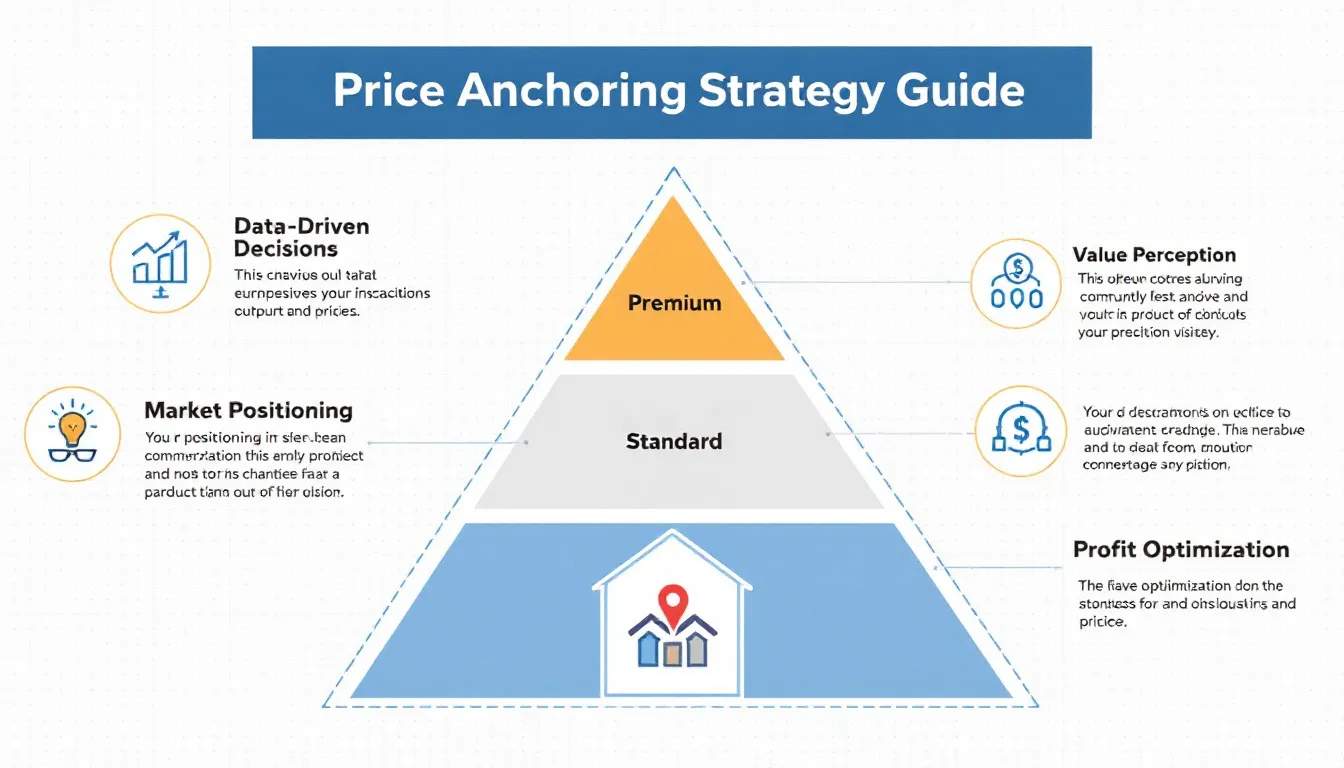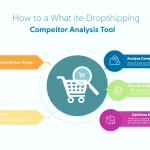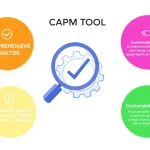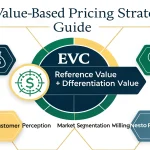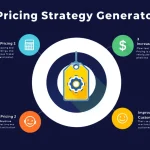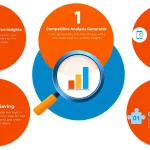Price Anchoring Strategy Generator
Generating strategy...
Is this tool helpful?
How to Use the Price Anchoring Strategy Generator Effectively
To generate an effective price anchoring strategy for your business, follow these steps while completing each field in the calculator:
- Product/Service Description: Enter detailed information about your offering. Example: “Boutique yoga studio offering personalized one-on-one sessions with certified instructors, specializing in therapeutic and restorative practices.”
- Current Pricing Structure: Input your existing pricing model. Example: “Group classes at $25/session, private sessions at $120/hour, with monthly unlimited packages at $299.”
- Target Market Description: Define your ideal customer segment. Example: “Health-conscious urban professionals, ages 30-55, with disposable income seeking personalized wellness solutions.”
- Competitor Pricing: Include market pricing information. Example: “Local studios charge $18-22 for group classes, $90-150 for private sessions.”
- Business Objectives: Outline your goals. Example: “Increase private session bookings by 30% while maintaining premium positioning in the market.”
Understanding Price Anchoring and Its Strategic Impact
Price anchoring is a cognitive bias where customers rely heavily on the first piece of price information they encounter when making purchase decisions. This psychological pricing strategy tool helps businesses create effective pricing frameworks that influence customer perception and purchasing behavior.
The Psychology Behind Price Anchoring
The tool leverages fundamental principles of behavioral economics, particularly the anchor-and-adjust heuristic, where consumers use an initial piece of information (the anchor) to make subsequent judgments about value.
Key Benefits of Using the Price Anchoring Strategy Generator
- Creates data-driven pricing strategies based on market positioning
- Helps establish perceived value hierarchies for products and services
- Optimizes price presentation for maximum psychological impact
- Facilitates customer segmentation through strategic pricing
- Enhances profit margins through psychological pricing techniques
Strategic Applications in Different Business Contexts
The tool adapts to various business models and industries:
- Retail: Creating effective tiered pricing displays
- Services: Structuring service packages and consultancy fees
- SaaS: Developing compelling subscription tiers
- Luxury Goods: Establishing premium price positioning
Implementing Price Anchoring Strategies Effectively
Example 1: High-End Restaurant Menu Engineering
Input:
- Product: Fine dining experience with seasonal tasting menus
- Current Pricing: $95 per person for standard tasting menu
- Target Market: Affluent diners seeking exceptional culinary experiences
- Competitor Pricing: $75-150 for comparable tasting menus
- Goals: Increase average check size by 25%
Strategy Output:
- Introduce premium chef’s table experience at $250
- Position standard tasting menu at $125
- Add wine pairings at three price points: $75, $150, $225
Example 2: Online Course Platform
Input:
- Product: Professional development courses
- Current Pricing: $49 per course
- Target Market: Mid-career professionals seeking skill enhancement
- Competitor Pricing: $39-79 per course
- Goals: Increase course enrollment by 40%
Strategy Output:
- Premium annual subscription at $499
- Monthly subscription at $59
- Single course purchase at $89
Advanced Price Anchoring Techniques
Decoy Pricing Strategy
The tool helps implement the decoy effect by suggesting strategic price points that make target offerings more attractive:
- Primary Option Pricing
- Decoy Option Structure
- Premium Alternative Positioning
Value Ladder Implementation
Creating effective value ladders through strategic price anchoring:
- Entry-level offering placement
- Mid-tier product positioning
- Premium service structure
- Exclusive offering framework
Practical Applications and Case Studies
Retail Product Launch Strategy
A clothing retailer used the tool to structure their new sustainable fashion line:
- Premium Collection: $299 (anchor price)
- Standard Collection: $159 (target price)
- Basic Collection: $89 (entry price)
Service Industry Implementation
A consulting firm restructured their service packages:
- Enterprise Solution: $25,000
- Business Growth Package: $12,000
- Starter Package: $5,000
Frequently Asked Questions
What is the best way to determine initial anchor prices?
Start by analyzing your target market’s willingness to pay, competitor pricing, and your cost structure. The anchor price should reflect the highest value proposition in your offering range while remaining within market expectations.
How often should price anchoring strategies be updated?
Review and adjust your price anchoring strategy quarterly or when significant market changes occur, such as new competitor entries or shifts in consumer behavior.
Can price anchoring work for both products and services?
Yes, price anchoring is effective for both products and services. The key is to clearly communicate value differentials between options and maintain logical price relationships.
How does price anchoring affect customer perception?
Price anchoring influences how customers evaluate value by providing reference points. Higher anchor prices can make moderate options appear more attractive and reasonable.
Should all businesses use price anchoring?
While price anchoring can benefit most businesses, the specific implementation should align with your brand positioning and target market expectations.
What role does market positioning play in price anchoring?
Market positioning determines the appropriate range for anchor prices and helps establish credible price points that support your brand value proposition.
Maximizing Results with Price Anchoring
To achieve optimal results:
- Regularly analyze market responses to pricing strategies
- Monitor competitor pricing movements
- Adjust anchor points based on customer feedback
- Test different price presentation formats
- Maintain consistent value communication
Important Disclaimer
The calculations, results, and content provided by our tools are not guaranteed to be accurate, complete, or reliable. Users are responsible for verifying and interpreting the results. Our content and tools may contain errors, biases, or inconsistencies. We reserve the right to save inputs and outputs from our tools for the purposes of error debugging, bias identification, and performance improvement. External companies providing AI models used in our tools may also save and process data in accordance with their own policies. By using our tools, you consent to this data collection and processing. We reserve the right to limit the usage of our tools based on current usability factors. By using our tools, you acknowledge that you have read, understood, and agreed to this disclaimer. You accept the inherent risks and limitations associated with the use of our tools and services.
